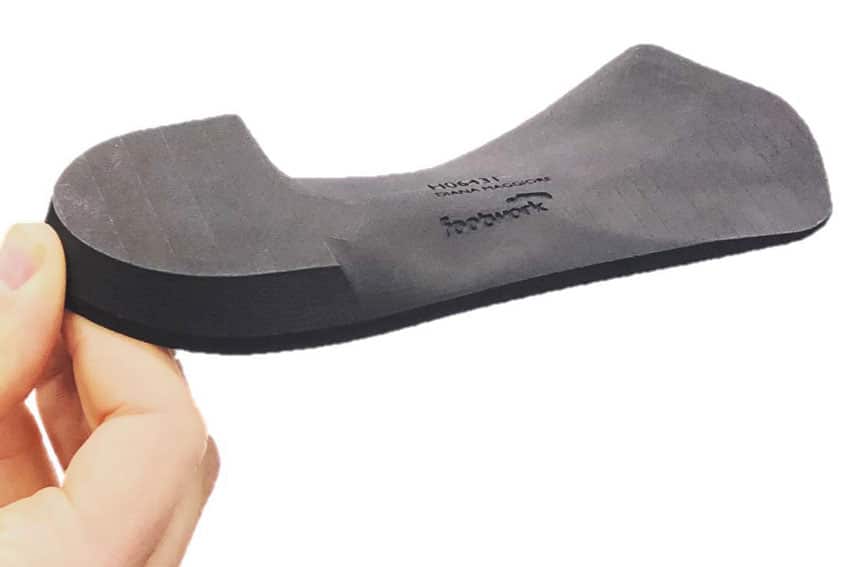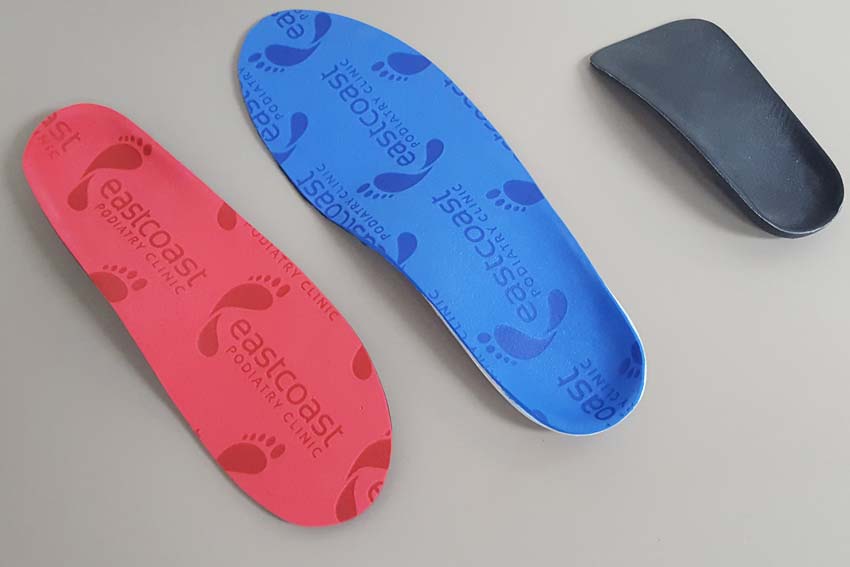

Foot assessment for orthoses
A foot assessment for orthoses is a comprehensive evaluation of your feet to determine if you need orthotics and, if so, what type of orthotics would be best for you. The assessment typically includes the following:
- Medical history: Your podiatrist will ask about your medical history, including any foot problems you have, any injuries you have sustained to your feet, and any medications you take.
- Physical examination: Your podiatrist will examine your feet to look for any abnormalities, such as flat feet, high arches, or bunions. They will also assess the range of motion of your joints and the strength of your muscles.
- Gait analysis: Your podiatrist may watch you walk to assess your gait, or walking pattern. This can help them identify any problems with your foot function that may be contributing to your pain or other symptoms.
- Imaging studies: In some cases, your podiatrist may order imaging studies, such as X-rays or MRI scans, to get a better look at your feet.
Once your podiatrist has completed the assessment, they will discuss the results with you and make a recommendation about whether or not you need orthotics. If you do need orthotics, they will work with you to select the type of orthotics that are best for you.
There are many different types of orthotics available, so it is important to choose the type that is right for you. Some factors to consider when choosing orthotics include:
- The type of foot problem you have
- Your activity level
- Your footwear
What are Custom Foot Orthoses?
Custom foot orthotics are shoe inserts that are made specifically for your feet. They are designed to provide support, alignment, and cushioning to your feet, and can help to relieve pain and improve function. Custom foot orthotics can be made from a variety of materials, including plastic, foam, and gel. The type of material that is used will depend on your individual needs.
What conditions are orthotics commonly prescribed for?
Orthotics are commonly prescribed for a variety of foot and lower extremity conditions, including:
- Plantar fasciitis
- Heel spurs
- Metatarsalgia
- Bunions
- Hammertoes
- Flat feet
- High arches
- Arthritis
- Back pain
- Neuropathy
- Post-traumatic foot conditions
- Sports injuries
Orthotics can help to correct alignment and support the foot, which can relieve pain and improve function. They can also help to prevent further injury.
Leading the way in 3D Printed Foot Orthoses
East Coast Podiatry Clinic our podiatrist utilize the latest 3D printed orthotic technology for all our custom orthotics.
We have a reputation amongst health professionals as being the experts in biomechanical assessment and orthoses prescription taking the following factors into account:
- Site of injury or problem
- Type of injury or problem
- Degree of correction needed
- Activity level
- Type of activity
- Body weight
- Footwear
- Patient convenience and time-frames
You may need to visit your podiatrist after your orthoses are fitted to make sure they are working properly. In some cases, small adjustments to the shoe inserts are needed. Your podiatrist will devise an ongoing treatment plan to help you manage your foot problems in the long term.
Here are some of the benefits of using 3D printed foot orthoses:
- They are made to the exact specifications of the patient's foot, which can help to improve comfort and effectiveness.
- They can be customized to address specific foot problems, such as plantar fasciitis or flat feet.
- They are made from durable materials that can withstand wear and tear.
- They are relatively affordable, especially when compared to traditional custom-made orthotics.

